6 Backcountry Dangers to Watch For on the Trail

'D. Patrick Lewis'
The wilderness isn’t as hazardous as Hollywood makes it out to be, but that doesn’t mean danger isn’t out there. Case in point: These six hazards, which range from itch-causing plants to massive predators. Learn how to recognize them so you won’t be caught flat-footed.
Flash Flood
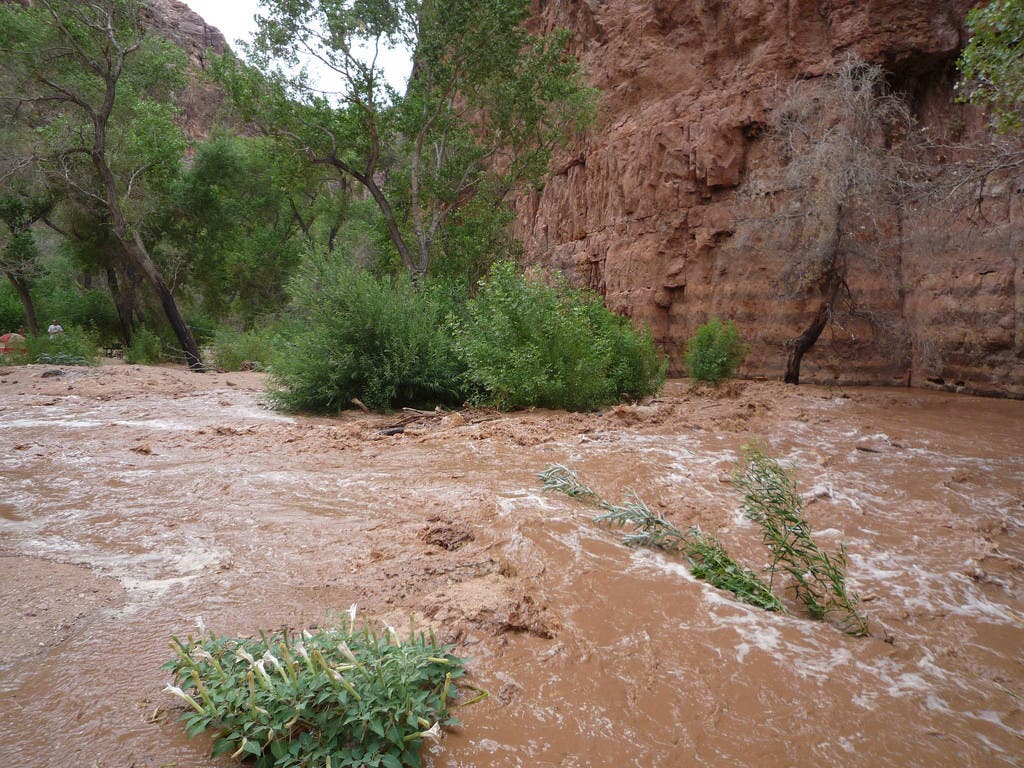
July to mid-September is prime time for heavy rains in the Southwest, where fast-rising water in narrow canyons can turn trickling streams into deadly torrents.
Check the weather Get the forecast for the entire watershed: Storms can trigger floods miles downstream. Recent rains? Be extra alert–saturated soil makes flooding more likely.
Scout for signs Water stains on canyon walls and debris lines indicate likely flood sites. Take care in areas with rocky ground that won’t absorb excess runoff.
Watch the river If water suddenly gets deeper, faster, muddier, or begins carrying twigs, needles, or leaves, get to high ground ASAP. Likewise, head up immediately if you hear the roar of an approaching flood.
Winter Storms
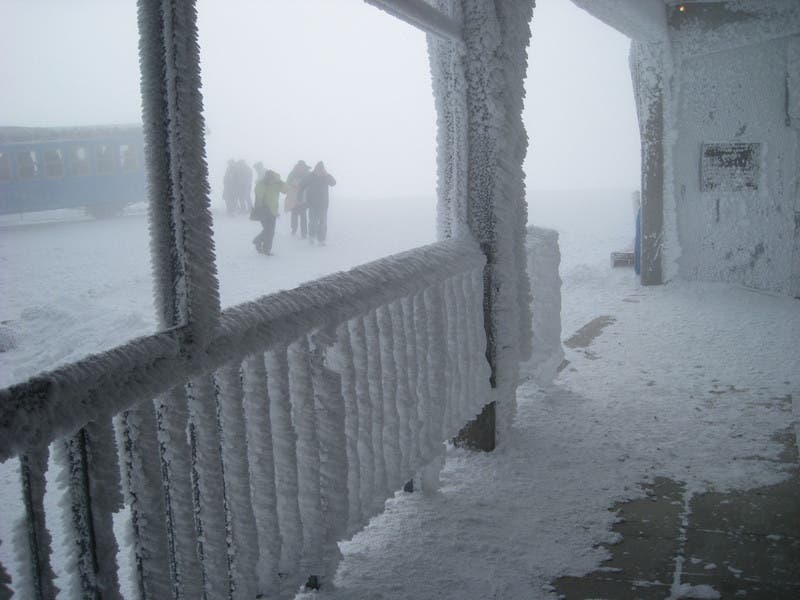
Do those low clouds foretell a blizzard, or just an overcast day? The surprising answer: It depends where you are. According to Tom Moore, senior meteorologist at The Weather Channel, each region offers its own clues.
Midwest Below the Great Lakes–from Illinois to West Virginia and up to New York–frigid, moisture-rich air can produce lake-effect snow hours after a cold front (a low line of dark clouds) has passed.
East Atlantic storms spawn the most precipitation, “but it has to be sufficiently cold [for them] to produce snow,” he says. Nor’easters develop when Arctic high-pressure air collides with southern low pressure. Watch for winds blowing from the east.
Southeast Warm, moist air from the Gulf of Mexico rises as it flows north, producing snow if there’s frigid air at ground level. Clouds rolling in from the southwest indicate approaching storms.
Cloud cover No matter where you are, high-altitude cirrus clouds indicate precipitation within the next 24 to 36 hours, as does a ring around the moon or a sudden drop in the cloud deck.
Trail Confusion

Most lost-hiker incidents begin with simple inattention–and worsen with a wrong turn. Watch for these four situations:
Peak trouble Multiple trail intersections on a summit can make choosing the correct descent route difficult, especially in poor visibility. When you reach the top, take a compass bearing before you snap hero shots to mark the descent route you want to follow. Drop a pole or water bottle at the head of that path. Do not depend on directional signs or arrows.
Cairn clutter Manmade rock piles are only hints, and not always good ones. Cairns are often built by people who are lost or nearly so. Always compare a cairned route to your map.
Sign language Crossed logs or an ‘X’ made of stones are universal symbols for “Do Not Continue.” Another clue you’ve gone astray: You started on a popular, well-worn trail, but your current path is barely there.
Scatter shot Dividing a group significantly increases the risk of someone getting lost. Stay together from start to finish, and discuss and memorize key landmarks along the route.
Painful Plants
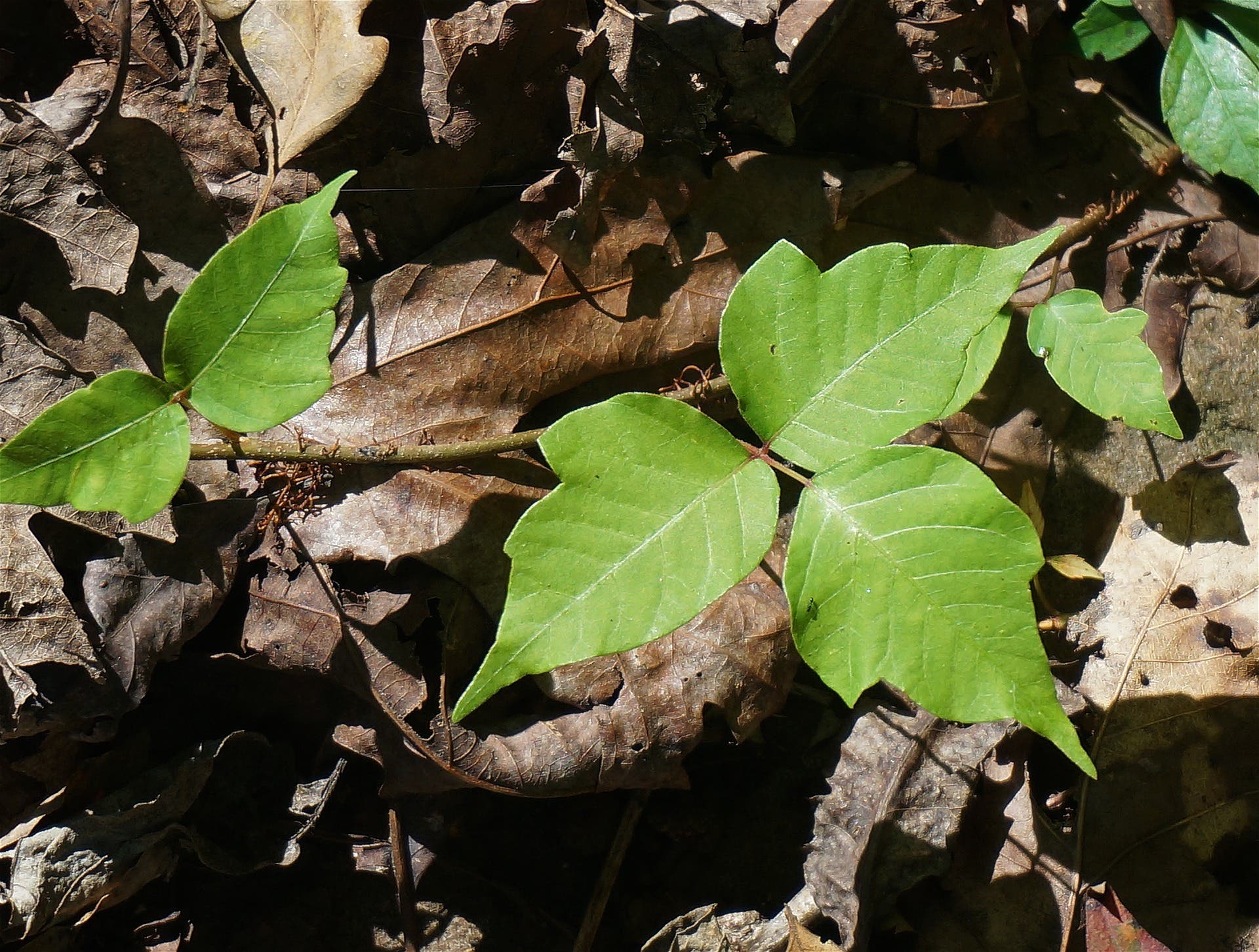
Beat itchy rashes by learning to recognize and avoid these plants.
Stinging nettles Each serrated dark green leaf and stem (pictured) harbors thousands of hollow spines ready to deliver a painful injection of histamine and formic acid. Distinguish nettles from lookalike mint by crushing the leaves with your boot and sniffing the air. Nettles grow in moist, shady areas in every state except Hawaii.
Poison oak Rounded, urushiol-laced leaves change color from bright green in spring to yellow-orange in summer to pinkish red by fall. Along the West Coast, shrubs grow in shady spots, while vines climb redwoods and Douglas firs. In the East, knee-high bushes lurk from Texas to New Jersey in dry, open woodlands and pine forests with sandy soil.
Poison ivy The leaves are bad, but the vine is just as toxic. The vine version carpets rock ledges and tree trunks with dense clusters of reddish-brown rootlets. All parts of shrub and vine contain urushiol, which spawns blistering rashes in 85 percent of people. Leaves that are dark green in summer turn bright red by the fall.
Bears
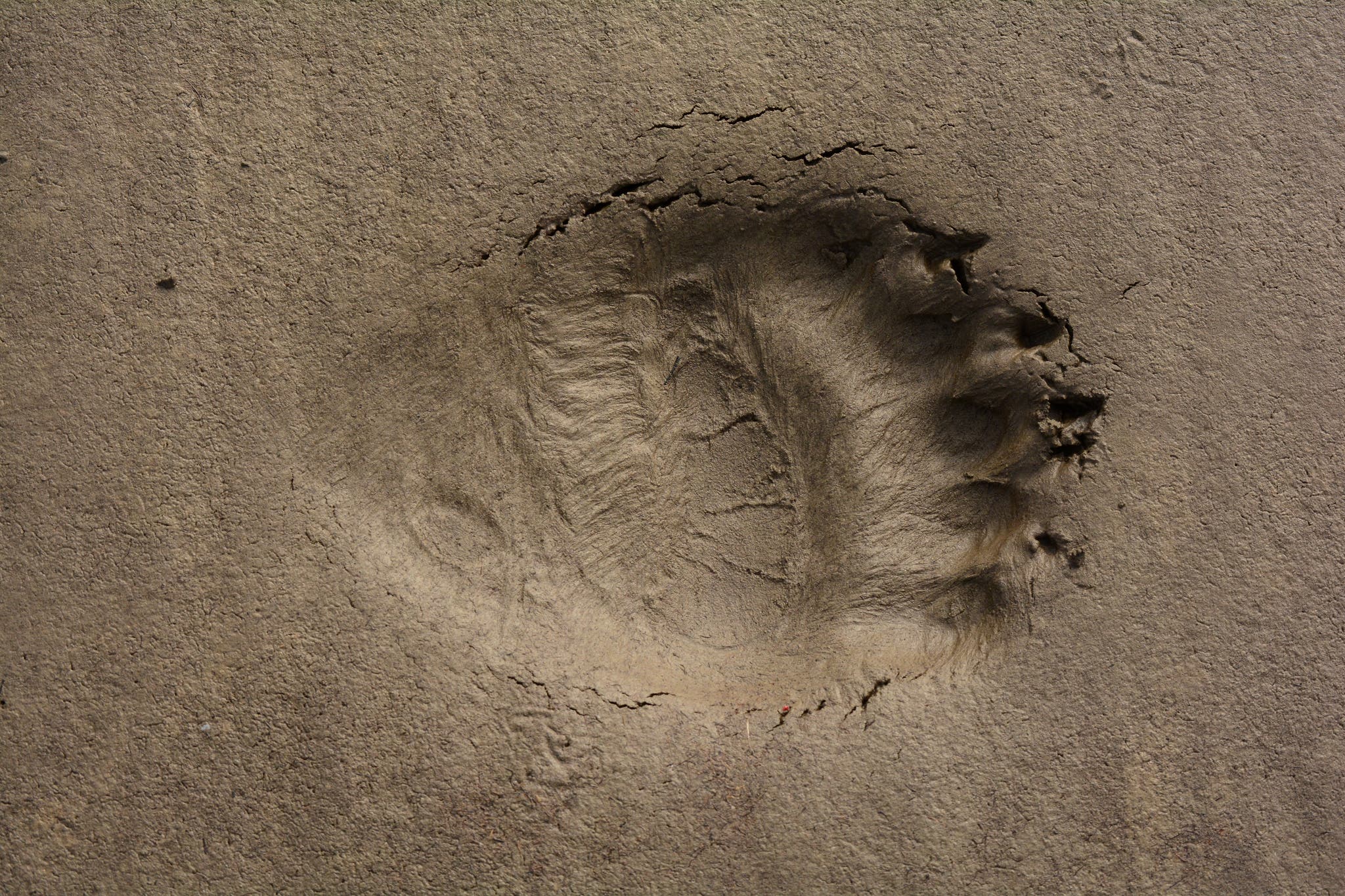
In bear country? Be extra vigilant for these three signs.
Campsite signs Scratch marks in a fire pit, garbage at the site, or nearby scat mean the area’s bruins might have learned to associate campers with food. Avoid problem bears by pitching your tent elsewhere.
Forage In late summer and early fall, bears are out gorging on berries and nuts during the day. Avoid surprising them by clapping or singing near dense thickets, especially if you’re downwind.
Scat Runny, hairy, and smelly droppings indicate a bear is eating meat, which might mean a carcass (which a bear would defend) lies nearby. Leave the area.
Winter Sun
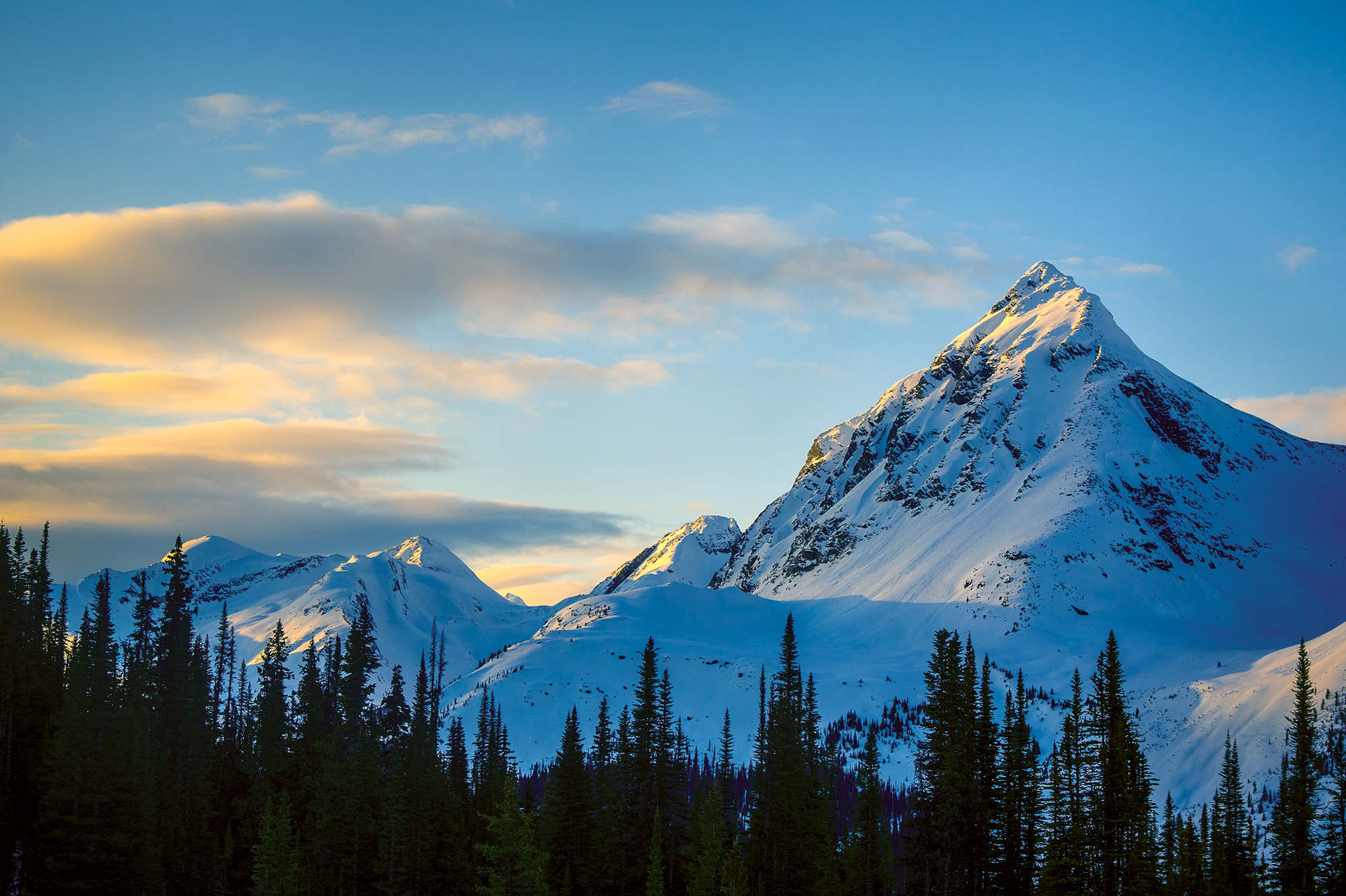
Don’t be fooled by cold temps–UV rays can burn long past Labor Day. Here’s how to get outside without getting fried:
Block the elements At an elevation of 6,000 feet, your face gets hit with 30 percent more radiation than at sea level, and harsh winter winds dry skin quickly. Apply a sweat-proof, moisturizing sunscreen (SPF 30 or higher) to all exposed skin.
Cover up Ice and snow reflect up to 90 percent of rays, which can burn you in unexpected places. Put sunscreen inside your nostrils and under your chin, and use lip balm with an SPF rating.
Wear shades Reflected rays can scorch corneas and temporarily blur vision (snow blindness). Limit exposure with wraparound sunglasses or goggles that block at least 99 percent of UV rays.